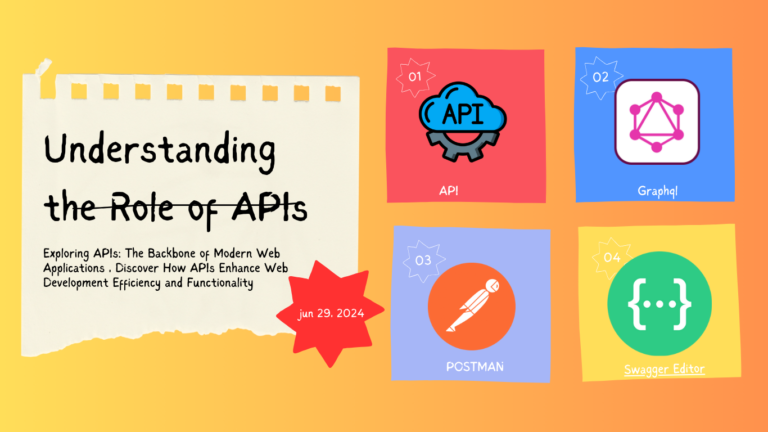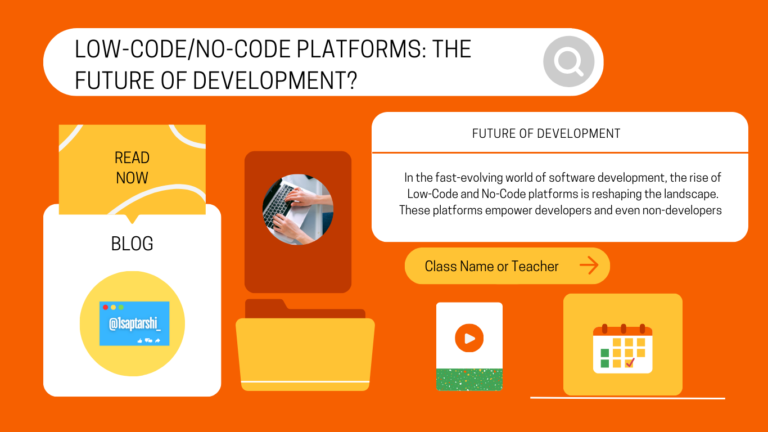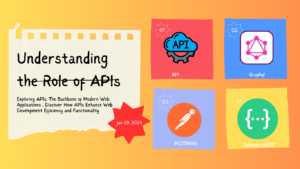
In the fast-evolving world of software development, the rise of Low-Code and No-Code platforms is reshaping the landscape. These platforms empower developers and even non-developers to create fully functional applications with little to no manual coding. But what makes them so revolutionary, and why are they considered the future of development? Let’s explore.
1. What are Low-Code and No-Code Platforms?
Low-code and no-code platforms are development tools designed to simplify the software creation process. These platforms allow users to drag and drop components to build applications, bypassing the traditional hand-written code method.
- Low-Code: Aimed primarily at developers, low-code platforms allow users to write some code but abstract much of the complexity through graphical interfaces and pre-built components.
- No-Code: These platforms target non-developers, offering complete visual programming without writing a single line of code. They provide tools for creating applications by configuring pre-made templates and workflows.
Some popular platforms include:
- Low-Code: OutSystems, Mendix, Microsoft PowerApps, and Appian.
- No-Code: Bubble, Webflow, Airtable, and Zapier.
2. How Are Developers Using These Platforms?
While these platforms are often marketed toward business users and citizen developers, software developers are finding innovative ways to integrate them into their workflows. For example:
- Prototyping: Developers can use no-code tools to quickly prototype ideas, allowing stakeholders to visualize and test concepts before actual development begins.
- Accelerating Development: By leveraging low-code platforms, developers can expedite the process of building core components, focusing more on customization and complex logic rather than boilerplate code.
- Automation: Many no-code platforms like Zapier or Integromat (now Make) are excellent for automating workflows that might otherwise require manual coding.
- Extending Functionality: Developers often use low-code platforms as a base and extend their functionality by writing custom code when more specific or advanced features are required.
3. Benefits of Low-Code/No-Code Platforms
The rise in popularity of these platforms is largely due to their many benefits:
- Reduced Development Time: Traditional development can take weeks or months. Low-code/no-code platforms drastically cut this time by automating repetitive tasks and offering pre-built modules.
- Lowered Barrier to Entry: Non-developers can now participate in the creation of applications, reducing reliance on highly skilled developers and improving cross-department collaboration.
- Cost Efficiency: Faster development means lower costs. Businesses can also use internal teams to build simple applications without needing to outsource development.
- Faster Iteration: Changes can be implemented quickly, enabling teams to rapidly iterate based on feedback and changing requirements.
4. Limitations of Low-Code/No-Code Platforms
However, these platforms aren’t without limitations:
- Customization Constraints: No-code platforms, in particular, have limited customization options, making it hard to build highly complex or unique features.
- Scalability Issues: While low-code platforms offer more flexibility, no-code applications may face scalability issues as they grow, especially if they need more control over the underlying codebase.
- Security and Compliance: Applications built on third-party platforms may pose security and compliance risks, especially for industries with strict data protection requirements.
5. Are Low-Code/No-Code Platforms the Future of Development?
Yes and no. These platforms represent a significant shift in how applications are created, and they are likely to play a major role in the future of development. But they won’t replace traditional development entirely. Instead, they will coexist, with developers using low-code/no-code platforms for simple applications or to accelerate parts of the development process, while traditional coding will still be necessary for more complex and customized solutions.
Gartner predicts that by 2024, 65% of all application development will be done on low-code/no-code platforms. While this is an exciting prospect, it’s essential to view these tools as part of a broader toolkit for developers, not a one-size-fits-all solution.
6. Key Takeaways
- Faster Development Cycles: Low-code/no-code platforms significantly reduce development time, allowing faster time-to-market for new applications.
- Increased Collaboration: These platforms enable more people within an organization to contribute to the development process, fostering innovation.
- Future-Proof Skills: Developers who learn to leverage these platforms alongside their traditional coding skills will be more agile and versatile in the evolving tech landscape.
Resources for Further Exploration:
- Gartner Report on Low-Code Development: Insight into market trends and predictions for low-code/no-code platforms.
- OutSystems: Learn more about one of the leading low-code platforms.
- Bubble: Discover how non-developers are using no-code platforms to build fully functional apps.
- Zapier Automation: Explore how Zapier simplifies workflow automation without coding.
- Microsoft PowerApps: Understand how businesses are using PowerApps for enterprise-level solutions.
By embracing low-code and no-code platforms, developers and organizations can stay ahead of the curve, reducing manual coding effort while still building powerful applications tailored to specific needs. While these platforms won’t replace traditional development, they’re undoubtedly an essential part of the future of software creation.











